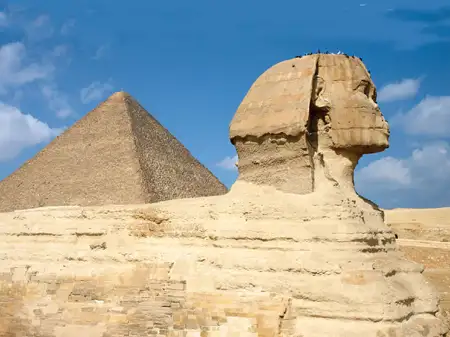English documentary on Ancient Egypt with transcript and podcast to learn vocabulary in real context with illustrations and improve your listening comprehension at the same time. You can also select any text from the script and listen to it. Source of documentary: National Geographic YouTube channel Listening comprehension on Ancient Egypt https://www.youtube.com/watch?v=hO1tzmi1V5g&t=225s Reading comprehension on Ancient Egypt The ancient Egyptian civilization lasted for over 3,000 years and became one of the most powerful and iconic civilizations in history. At its height, ancient Egypt's empire stretched as far north as modern-day Syria and as far south as today's Sudan. But long ...
Home » English Documentaries with Transcript » Best English Documentary on Ancient Egypt

Best English Documentary on Ancient Egypt
Updated: by Dr. Mohammad Hossein Hariri Asl
Time to Read: 7 minutes | 491 Views | 4 Comments on Best English Documentary on Ancient Egypt
Share This Post
About the Author
Dr. Mohammad Hossein Hariri Asl is an English and Persian instructor, educator, researcher, inventor, published author, blogger, SEO expert, website developer, entrepreneur, and the creator of LELB Society. He's got a PhD in TEFL (Teaching English as a Foreign Language).
Number of Posts: 4235



I actually wondered that how those people build some big stuff like that. It is so cool and I actually want to be in that time.
As you correctly said, carrying those huge and cumbersome bricks and blocks must have been extremely time-consuming and difficult. This is, in fact, one of the mysteries of ancient Egypt.
The ancient countries, e.g. Egypt, Greece, and Persia always make me wonder how come people in that long past were so civilized!
Ancient Egypt has always been mysterious. Scientists and archeologists are still unraveling the mysteries of this antediluvian civilization.